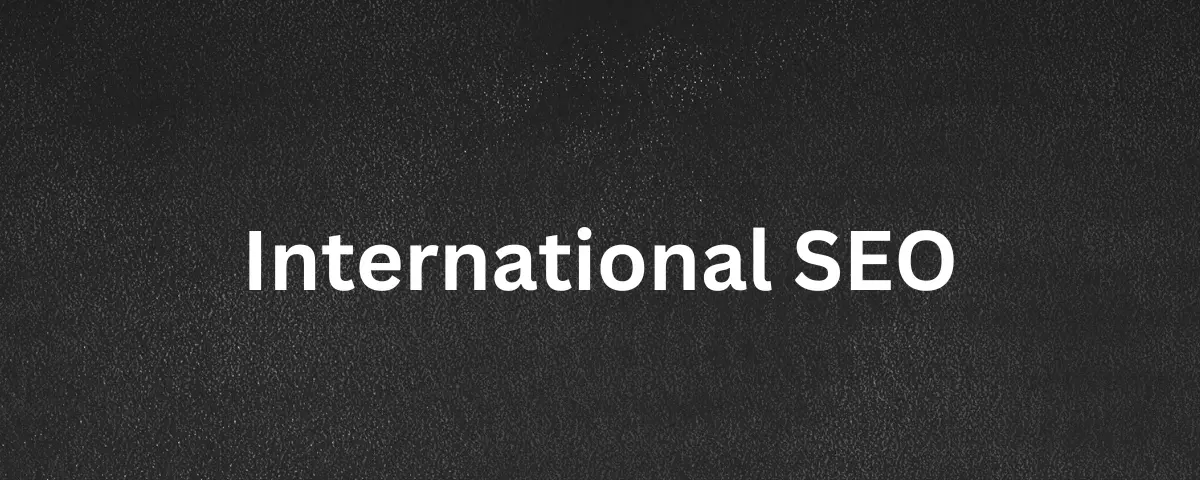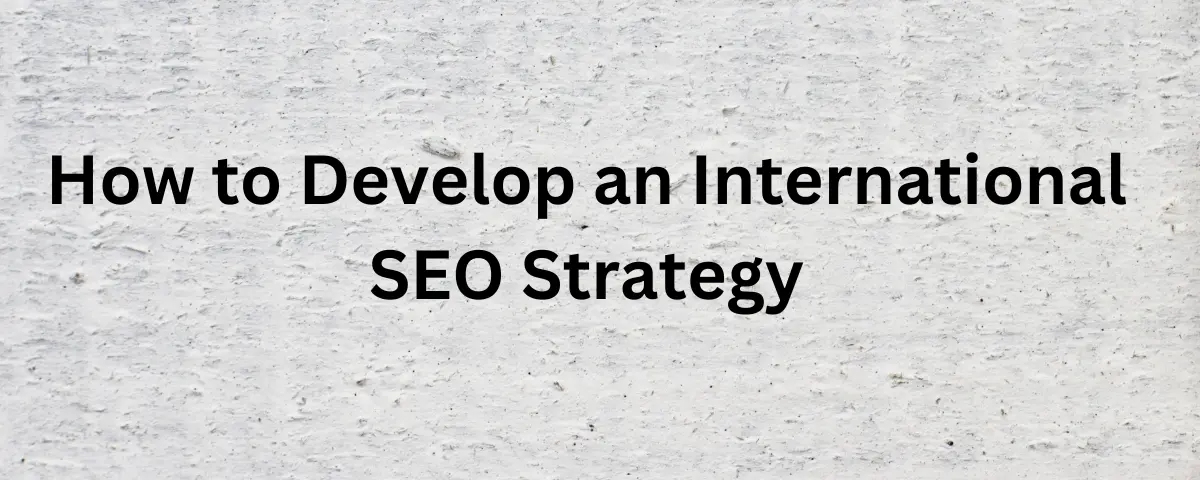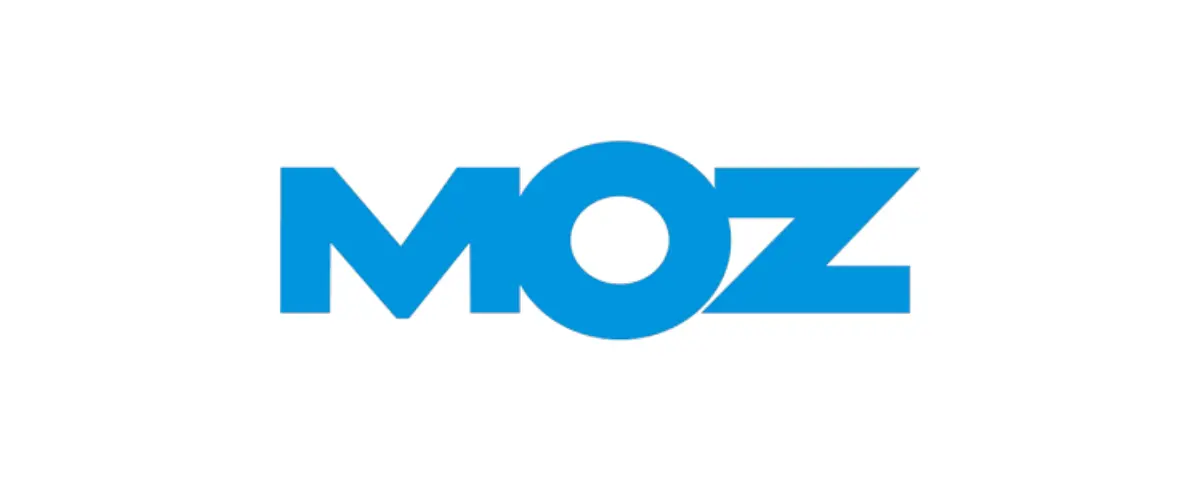Are you seeking a global expansion strategy? International SEO could be your best bet. Businesses have the opportunity to reach customers far beyond their local borders. However, simply having an online presence is not enough – you need to optimize your website and digital marketing strategies to appeal to audiences in different countries and regions.
What works well in your country or region may not work in another country or region. This is why you need international SEO. You can tailor your search engine optimization efforts to specific markets, increase your visibility, attract more targeted traffic, and ultimately drive sales and growth in global markets.
Whether you’re a small business looking to expand internationally or a multinational corporation seeking to solidify your global footprint, understanding and implementing an effective international SEO strategy is crucial for success.
At the Digital Marketing Institute, we can equip you with the skills you need to carry out international SEO for your business. It doesn’t have to end at your business; you could also do this for other companies and get paid. In the meantime, sit tight as we walk you through the process involved in international SEO.
What is International SEO?

International SEO involves growing your online presence in an international market to reach audiences in different countries. It is done by optimizing your website for search engines like Google to increase organic traffic. When your website is optimized, it will be easier for search engines in other countries to find your site.
Why is International SEO important?
International SEO has proved to have great importance over the years. It aims to improve international traffic for businesses that want to spread their wings to other countries. Most global businesses rely on international sales from the international market.
Get 50% Discount to Master ALL Aspects of Digital Marketing That Can Earn You $2,500 - $5,000 a month (Even if you are a complete beginner!)
Our students that intentionally implement what they learn from our digital marketing course make back the entire course fee within a single month or more after completing our course because our course gives them many income generating options with unlimited earning potential with no age or location barrier. The best part is no technical skills are required.
An opportunity to change your lifestyle and make money working from anywhere in the world. The results our students get from our digital marketing course prove this could be applied to any market or country and that it is designed for any skill level and work background.
*By signing up, you agree to our privacy policy and terms of service.
Businesses or companies like Digital Marketing Institute have benefited extensively from this. International SEO levels the playing field as far as digital marketing is concerned.
It allows small businesses to compete with bigger companies by allowing them to utilize global interest in their products and services to address different user requirements.
International SEO vs Local SEO
Local SEO and international SEO, vary in different ways.
One of them is the cost. The cost of local SEO is different from that of international SEO because of their skills and scope. International SEO costs more than local SEO.
Based on content, international SEO aims to reach a wider audience, so the content strategy will be different from local SEO.
Additionally, international SEO has more competitors. The competitors are not just local businesses; they could be large organizations in that region.
How does International SEO work?
With international SEO, the results from search engines like Google are tailored to the specific language and geographic location of the user. That means if the user is in Nigeria, the result will be tailored to their language and location. International SEO involves the following: language targeting, local content, hreflang tags, and some URL structure.
How to Develop an International SEO Strategy

Businesses and organizations must have a strategy that will be implemented to operate globally or target multiple markets.
1. Define your target markets
This involves identifying the countries or regions where you want to expand your online presence. It’s important to consider factors such as language, culture, and consumer behavior in each target market. When you understand each market’s unique characteristics, you can tailor your SEO efforts to reach and engage your target audience.
2. Keyword Research and Localization
This involves identifying the most relevant keywords for each target market and translating them into the local language. When you use localized keywords, you can improve your search engine rankings and attract more qualified traffic to your website. It’s also important to consider cultural differences and search habits in each market when conducting keyword research.
3. Website Structure and URLs
Set up a clear website structure that supports international targeting. This may involve using country code top-level domains (ccTLDs), subdirectories, or subdomains for each target market. Use properly formatted URLs that include relevant keywords and location identifiers.
4. Language and Content Localization
Create high-quality, localized content for each target market. Translate your website, blog posts, product descriptions, and other content into the relevant languages. Ensure the content resonates with local audiences by considering cultural references, idioms, and local preferences.
5. Hreflang Tags
Implement hreflang tags (also known as language meta tags) to indicate to search engines which language and region your content is intended for. This helps search engines serve the appropriate language or localized version of your website to users.
6. Optimize for local search engines
It’s important to optimize for local search engines and directories. This involves researching and optimizing for popular search engines in your target markets, such as Google to expand your online presence. Tailoring your SEO strategy to the specific search engines used in each market can improve your search engine rankings, increase visibility, and attract more qualified traffic to your website.
7. Local Link Building
Acquire high-quality backlinks from relevant local websites, directories, and publications in your target markets. This helps establish your website’s authority and credibility within those regions. When building local links, it’s important to focus on quality over quantity. A few high-quality links from relevant websites can have a greater impact on your search engine rankings than a large number of low-quality links from irrelevant websites.
8. Technical Optimizations
Ensure your website is technically optimized for international audiences, including fast loading speeds, mobile responsiveness, and proper character encoding support for different languages. Fast loading speeds are important for user experience and can impact your search engine rankings. This is an important aspect of international SEO that should not be overlooked.
9. Analytics and Tracking
Set up tracking and analytics tools to monitor your website’s performance in different markets. This data can help you identify areas for improvement and refine your international SEO strategy. Some popular analytics and tracking tools for international SEO include Google Analytics, Google Search Console, and SEMrush. These tools can gain valuable insights into your website’s performance and make data-driven decisions to improve your international SEO strategy.
10. Local Outreach and Promotion
Local outreach and promotion are important for building brand awareness and promoting your localized content in your target markets.
Some ways to do this include:
- Participating in local events, conferences, and trade shows
- Collaborating with local influencers and thought leaders
- Guest posting on local blogs and publications
- Engaging with local social media communities and forums
- Creating and sharing localized content on social media and other channels
By engaging with local communities and influencers, you can build relationships and establish your brand as a trusted and authoritative source in your target markets. This can help increase brand awareness, attract more qualified traffic to your website, and improve your search engine rankings.
Register with digital marketing skills by enrolling in some or all of the courses to learn about international SEO and optimization to target opportunities in the global market.
Obstacles in International SEO
Sometimes, navigating international SEO can be very challenging. Obstacles that can be encountered include:
1. Language barrier
This is one of the most common obstacles. Imagine having to optimize content in a language that you know nothing about. Although they are tools to help, you can still be very tired and complex. It can’t be compared to optimizing the content in a language you are familiar with. Language barriers affect content relevance and the user experience. Targeting audiences in various nations with content in their local language is critical for engagement and conversions. However, effectively translating content while respecting cultural variations can be difficult.
2. Cultural differences
Learning how to adapt to another culture can also be difficult but it has to be done. Cultural differences can affect how users search for information online and the keywords they use. You would find out that what works in one country may not work in another. So to create content that resonates with diverse cultural backgrounds, you would have to consider cultural differences.
3. Technical challenges
Sometimes, while performing international SEO, it is normal for you to experience technical challenges like implementing hfrelang tags correctly, handling multiple versions of a website correctly, and handling international redirects. So it is important to pay attention to technical details.
Technical issues in international SEO can also affect website performance across multiple areas. Server location, website speed, and mobile optimization are all factors that can have an impact on the user experience and SEO rankings.
4. Country-specific regulations
This is another important area for an international SEO specialist or content writer. Paying attention to this can save you a lot of trouble. Different countries have different regulations and restrictions related to online content, privacy, and data protection. Most followed these rules to prevent legal consequences, and legal consequences automatically mean bad PR for the business and an impact on website visibility.
5. Currency and payment method
Payment methods should be considered, or it can become a major stumbling block for international SEO specialists. The most considered currency conversion rates when setting up websites. The SEO specialist should also provide support for the different payment methods preferred by users in each region.
6. Competition
In international SEO, the company or business itself is not just going up against local businesses; they are probably going up against big companies or well established enterprises. This makes it difficult or competitive to enter and dominate the market to increase visibility. Furthermore, local competitors frequently have a greater awareness of regional search trends, cultural subtleties, and customer preferences, providing a competitive advantage.
International SEO best practices

1. Know who and where you will target
Decide who your target audience is and where they are. The more definite you are about this, the easier and better the results will be. For example, if you decide that your target market will be students who want to learn digital marketing in Nigeria, then a subset of your target market could be students in Nigeria who want to apply for your master or professional marketing course.
2. Do your market research
This involves identifying your target markets, understanding the local language and culture, and researching the behavior and preferences of your potential customers in each market. This will allow you to have enough data about the market.
3. Do competitor research
This involves analyzing the SEO strategies and performance of your competitors in each market. By studying their strengths and weaknesses, you can identify opportunities and develop a more effective SEO strategy that will be helpful for your business.
3. Localize content
Localized content displays a commitment to understanding and meeting the specific demands of local consumers, which fosters trust and credibility. Ensure that the content produced is in the language of your target market. Ensure that your translation is correct. You can make use of translation services or native speakers. As part of optimizing content, tailor the images to also resonate with the audience.
4. Consider all the languages spoken in a particular region
Sometimes you may have more than one language spoken in a particular region. For example, in some countries, their main languages are French and English, so you might need to provide content in different languages for that country. This helps to ensure that the content is readily accessible to all residents.
5. Website localization
Rather than having multiple domain names and URLs, you can make provision for multilingual content on your website. You can have a drop-down menu where users can select their preferred language.
6. Monitor performance
To find out or evaluate the progress of any project, it must be analyzed, and international SEO isn’t any different. Monitor the KPI using tools like Google Analytics and Google Search Console.
It allows businesses to track the impact of their optimization efforts and make more educated decisions to improve results. Businesses may identify strengths and weaknesses in their SEO strategy by evaluating significant factors like organic traffic, keyword ranks, and conversion rates regularly.
International SEO checklist
- Determine your target audience and location.
- Have a keyword and keyword research strategy
- Ensure you have an international SEO-friendly URL structure.
- Have a site map.
- Ensure the pricing is in local currencies.
- Have a solid link-building strategy.
- Add quality images and ensure that the image or alt text words should be correct.
- Always be updated with the trends of that location.
- Use hrefang tags.
International SEO tools
1. Hubspot
Hubspot provides live tips on your website page and can help with the content strategy. It helps the SEO specialist create content and organize the website in a way that is easy for both the search engine and the users to understand.
2. Google search console
With the Google Search Console, you get a first-hand look at the analytics of your website. You get to see who views your site, how much traffic you are getting, and even your global position on the search engine result pages.
3. Moz
With Moz, you’ll be able to raise your visibility and track search engine result pages and analytics. It’s also helpful to find out the issues faced and what areas need improvement after an evaluation is carried out.
4. Semrush
Semrush’s ability to crawl every page on your website during an audit is second to none. Not only does it help to find out incorrect pages in a site map and duplicate errors, but it also helps with major technical issues on the website.
5. Google Analytics
Analytics provides well explained insights into people’s behavior and actions on your website. It helps the market by helping you find out and analyze the impact of their content worldwide.
Conclusion
With the right practices, SEO can set your brand up for international success. When a business optimizes their website for different countries, they’re able to increase their visibility and traffic. Following the steps listed in this article would ensure that, when it comes to international SEO, your business would thrive.
Finally, international SEO is a great opportunity to expand your online presence, reach new markets, and drive global growth for your business. Take our Digital Marketing Skill Instiute (DMSI) course on SEO to unlock the full potential of your website and connect with a worldwide audience.
FAQS
How much does international SEO cost?
International SEO costs vary depending on the scope of the project and the expertise of the SEO consultancy. It is generally priced higher than local SEO due to the complexity of global SEO work. Costs can range based on the specific needs of the project and the experience of the SEO agency.
What is the biggest challenge when it comes to international SEO?
The biggest challenge in international SEO is the complexity and dynamic nature of the field. International SEO involves dealing with different languages, cultures, search engines, and algorithms across multiple countries. Technical SEO, content localization, and understanding regional search engine preferences are some of the key challenges faced in international SEO.
How does SEO work in multiple countries?
SEO in multiple countries involves optimizing a website to rank well in search engines across different regions. This includes strategies like international keyword research, competitor analysis, multilingual content marketing, user experience optimization, global link building, and technical SEO implementation. It requires a deep understanding of each target country, its market, language, and search engine preferences to effectively reach and engage diverse audiences worldwide.
What can I get from doing International SEO?
Engaging in international SEO has various advantages. For starters, it broadens your reach to a global audience, enhancing brand visibility and recruiting new clients from a variety of geographic regions.
By optimizing your website for international markets, you can increase organic traffic and create leads from other nations, resulting in business growth. Also, international SEO enables you to enter new markets and capitalize on developing clients, so promoting business growth and revenue diversification. Furthermore, it allows you to keep ahead of the competition by having a solid online presence across several areas.
More Resources
The Beginner’s Guide to WordPress SEO (Step by Step)
On-page SEO for Nigerian businesses: anatomy of an optimized website
9 Easy Website SEO Tips To Rank Higher On Search Engine
4 Basic SEO Tips For Beginners To Rank On Google (Video Tutorial)





